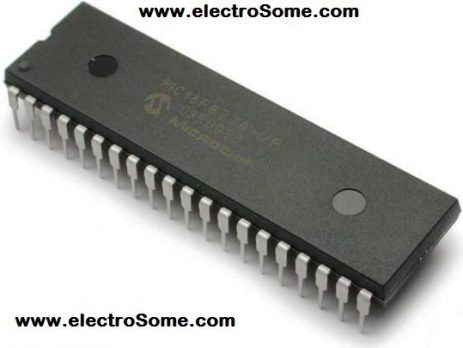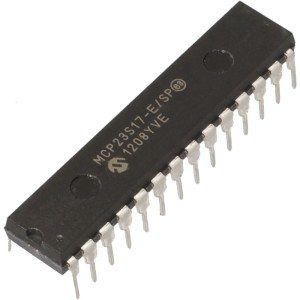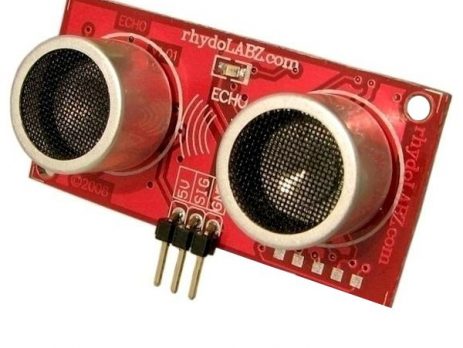PIC Microcontroller MikroC Tutorials.
MikroC is the best compiler for beginners as it provides a lot of built in libraries. A beginner can do projects without knowing more about hardware.
Using Interrupt with PIC Microcontroller
Introduction Interrupt is the one of the most powerful feature in embedded applications. Almost all the real time applications are implemented using Interrupts. So what is an Interrupt...?? As the name suggests Interrupts are special events that requires immediate attention, it stops a microcontroller/microprocessor from the running task and to serve a special task known as Interrupt Service Routine (ISR) or Interrupt Handler. Suppose you are at home, taking coffee. Suddenly your mobile phone rings. You stop taking coffee and answer the call. When you have...






